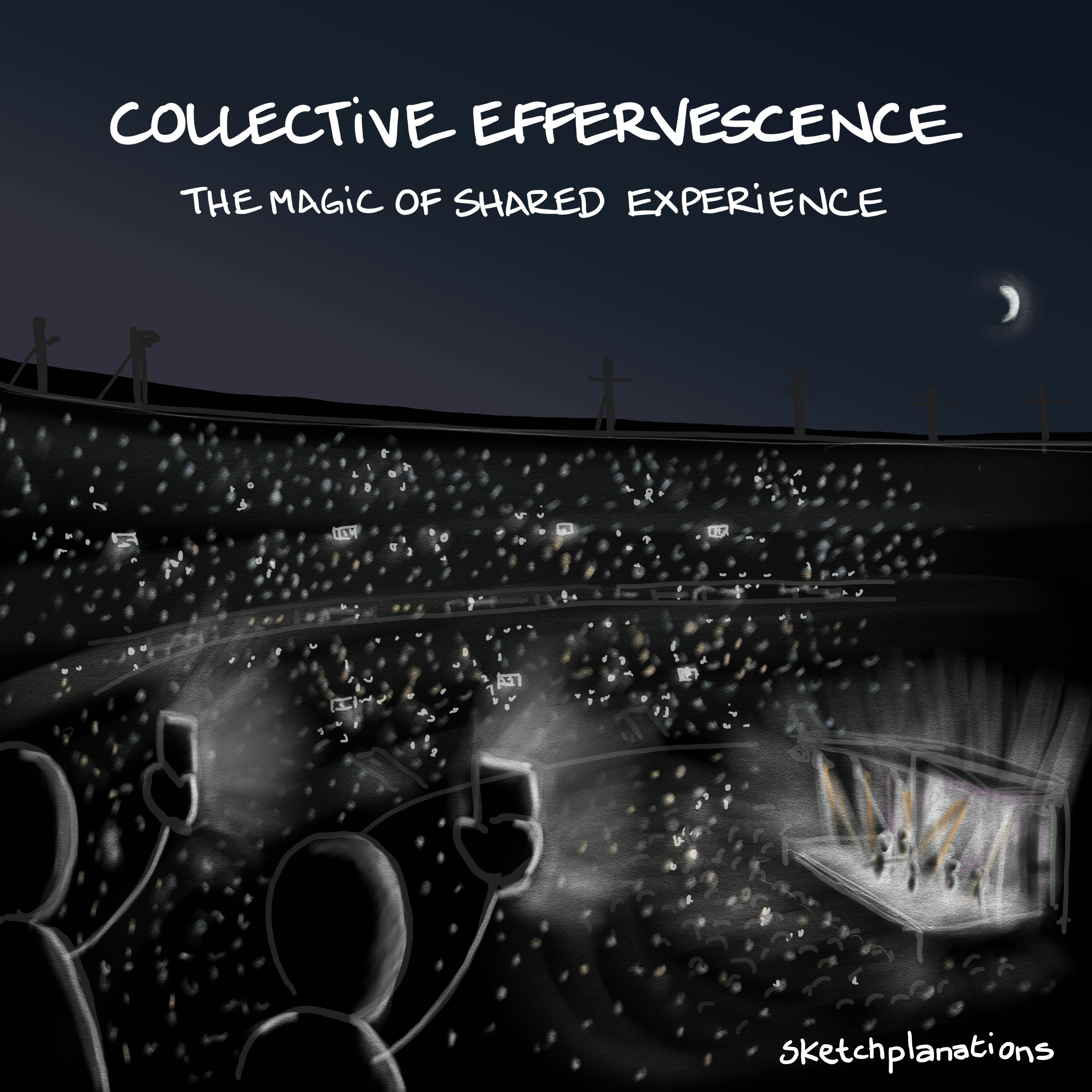
The Feynman Learning Technique
Richard Feynman was one of the great scientists of the 20th century, making significant contributions to physics and other related fields. Part of what made him stand out was his gift for teaching. He had a remarkable knack for explaining some of the most complex things in ways anyone could understand. He was also a model of the desire to deeply understand how things worked, often deriving a result in several ways to be more confident he was right. The Feynman learning technique is typical of how he approached understanding something deeply and helps explain some of his teaching skills. Spend time writing about a topic as if explaining it to someone. Then practice explaining it, speaking and drawing as if you were a teacher at the front of the class. You may figure out some other aspect wasn't as clear as you thought and need to look into something. Refine any gaps you reveal until you can share the topic fluently and clearly. Then, simplify your language by replacing complex words and ideas with simpler ones and considering analogies to help people relate. Now, you can explain it because you deeply understand it, too. "You can know the name of that bird in all the languages of the world, but when you're finished, you'll know absolutely nothing whatever about the bird." — Feynman's father, from Surely You're Joking Mr Feynman? Learn more: I loved the Fun to Imagine interviews to experience some of Feynman's joy and skill for teaching. The sketch was inspired by this excellent animated video of the Feynman Learning Technique. Though he was primarily a theoretical physicist, Feynman also made lasting contributions to the field of computation. If you want to get into those, you might enjoy the Feynman Lectures on Computation from the last course he taught at Caltech, edited, no less, by my Dad.…Richard Feynman was one of the great scientists of the 20th century, making significant contributions to physics and other related fields. Part of what made him stand out was his gift for teaching. He had a remarkable knack for explaining some of the most complex things in ways anyone could understand. He was also a model of the desire to deeply understand how things worked, often deriving a result in several ways to be more confident he was right. The Feynman learning technique is typical of how he approached understanding something deeply and helps explain some of his teaching skills. Spend time writing about a topic as if explaining it to someone. Then practice explaining it, speaking and drawing as if you were a teacher at the front of the class. You may figure out some other aspect wasn't as clear as you thought and need to look into something. Refine any gaps you reveal until you can share the topic fluently and clearly. Then, simplify your language by replacing complex words and ideas with simpler ones and considering analogies to help people relate. Now, you can explain it because you deeply understand it, too. "You can know the name of that bird in all the languages of the world, but when you're finished, you'll know absolutely nothing whatever about the bird." — Feynman's father, from Surely You're Joking Mr Feynman? Learn more: I loved the Fun to Imagine interviews to experience some of Feynman's joy and skill for teaching. The sketch was inspired by this excellent animated video of the Feynman Learning Technique. Though he was primarily a theoretical physicist, Feynman also made lasting contributions to the field of computation. If you want to get into those, you might enjoy the Feynman Lectures on Computation from the last course he taught at Caltech, edited, no less, by my Dad.WWW…
Read more…





